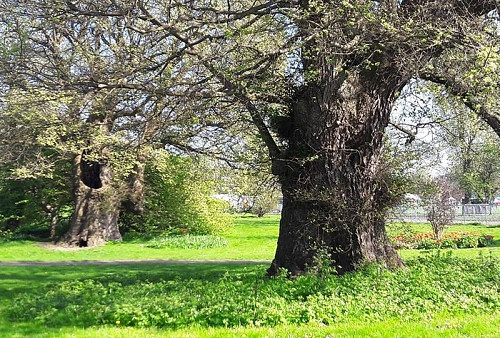On visiting Preston park there are various indicators that the local community is interested in the environment and there is a push on trying to get the public to be more sustainable. The rock garden is a haven for UK wildlife, offering habitats for all sorts of biodiversity. Animals commonly spotted include foxes, grey squirrels, as well as many types of insects and birds. The large pond is home to Bream and Roach with this ecosystem attracting a range of other aquatic species such as dragonfly and Newts. As well as the rock garden Preston park offers a wide area of green space, which entices the public out to enjoy nature. The community garden demonstrates to the public which types of vegetables are easy to grow at home, therefore encouraging them to give this a go themselves. The food grown is given to a team of regular volunteers or used at events for the public to taste themselves. The community garden is run by the Brighton and Hove food Partnership which in itself promotes healthy and sustainable eating. The area is kept tidy and offers facilities such as a cafe and toilets.
Visit to Preston Park 4/5/17
Critique of the previous map
One of the main problems with the last years Community 21 map for Preston Park was that a number of the entries were not relevant to environmental citizenship, for example bus routes were listed. Though buses are evidently cleaner than cars, they are not environmentally friendly and produce many pollutants into the atmosphere, therefore we saw it as inappropriate to add this to the map. Also some of the entries were things that are not specific to Preston Park and are actually widespread, for example recycling bins, these are great for the environment and the management of waste. However, recycling bins are distributed nationwide and are not something that needs to be pointed out on this map.
The vast majority of entries had a link that could be followed to find out more information and a large number of the entries had a good amount of information on them. However, there were several entries that lacked significant information and were not consistent in their layout. In addition to this, not every entry clearly outlined how the organisation linked to the concept of environmental citizenship.
As you can see from our map, we have taken out some of the entries that we didn't agree with, adapted some, and added some of our own that we found.




